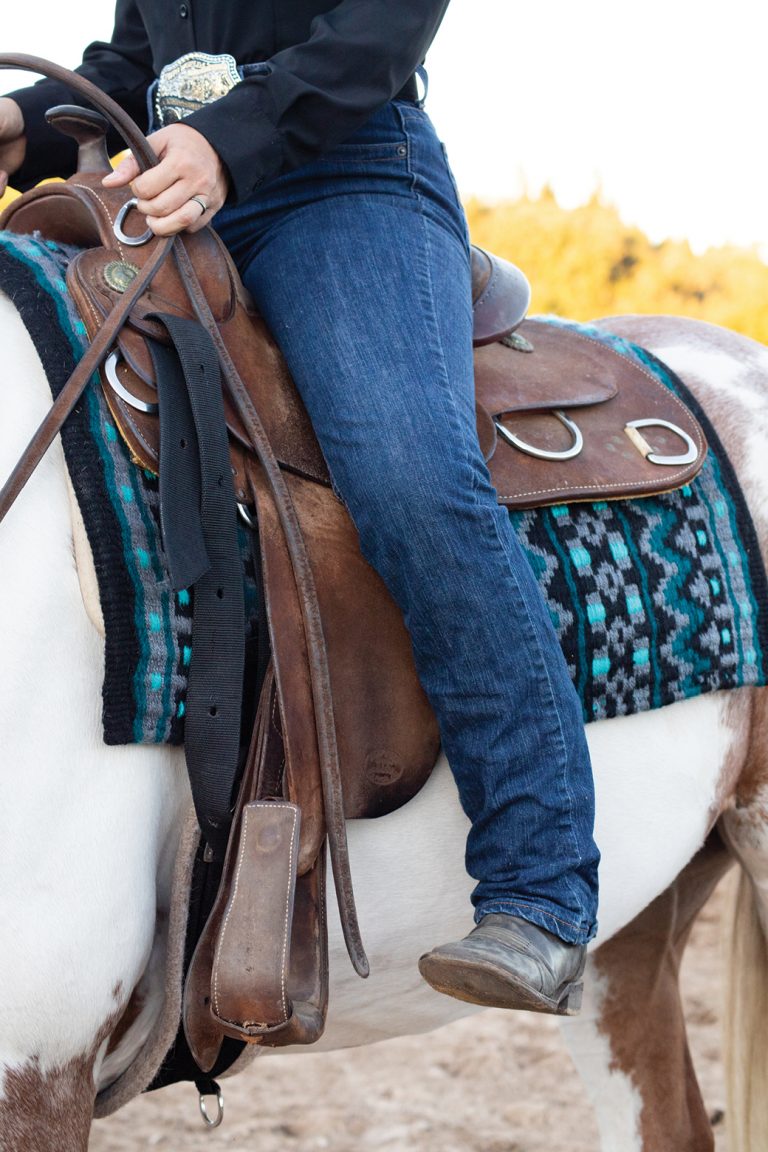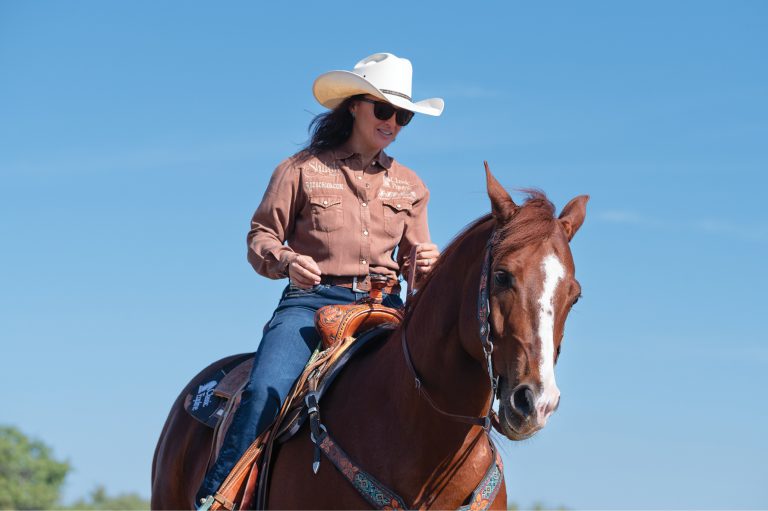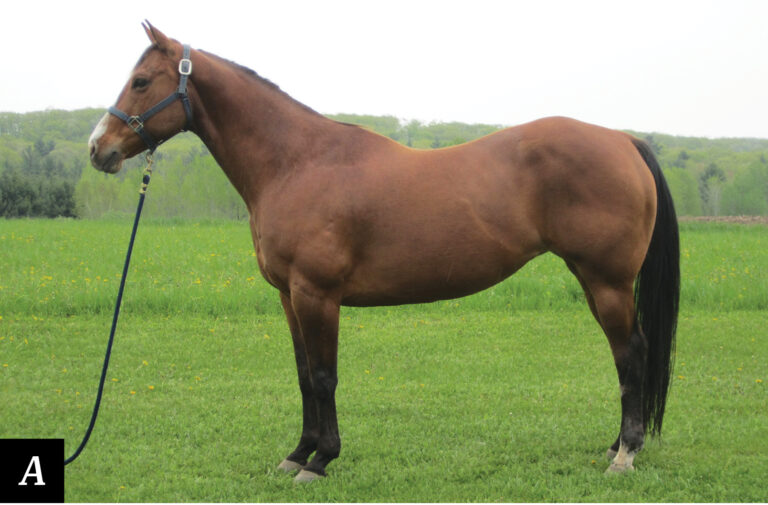Flies and other pests buzzing around the barn and tormenting our equine companions can turn a peaceful day into a frustrating fiasco. Fear not, horse lovers, for we’ve got some expert tips and tricks to wrangle those pests and bring some much-needed serenity back to the stable.
Fly-Free Barn
There isn’t a way to get your barn 100% fly-free, but taking extra steps can sure help in creating a less welcoming environment. When it comes to barn fly control, prevention is key. Start by maintaining a clean and organized environment, removing any manure or damp bedding regularly. Flies love manure, so cleaning stalls consistently and removing waste from your barn will help in your fight against flies.
Along the same vein, keep other items that are attractive to flies under wraps. Put lids on feed barrels, as flies can be drawn to horse feeds. Empty trash cans often and be sure to put away or cover up any treats that might attract these pests.

Protect Your Horse
Protecting our equine partners from the relentless attack of flies requires a multi-pronged approach. First and foremost, investing in quality fly repellents is a must. Whatever fly spray you pick, choose products that are safe, effective, and tailored to your horse’s needs.
Regular application of these repellents, especially in areas prone to bites like the face, ears, and lower legs, will help create a protective shield against those persistent pests. (Bonus tip: avoid spraying your horse in the face with fly spray. Instead, spray your repellent on a soft cloth and wipe your horse’s face, avoiding his eyes.)
Providing your horse with access to shelter, such as a well-ventilated barn or a shaded paddock, can also offer respite from the onslaught of flies. If your horse requires extra protection, invest in fly sheets and fly boots, which act as an additional barrier, preventing flies from landing on sensitive areas. By combining these strategies and being vigilant in our fly control efforts, we can help our horses enjoy a mostly fly-free existence and bask in the blissful serenity they deserve.
Find the Right Fly Spray
Different activities call for different fly sprays. Sometimes you need something heavier duty, sometimes you opt for a natural option. With a multitude of options available, it’s essential to select a product that not only effectively repels flies but also keeps your horse comfortable and safe.
Start by considering the ingredients—opt for fly sprays that contain powerful yet gentle repellents such as pyrethrin or permethrin, as these are known to be effective against a wide range of flying insects. It’s also important to check for any potential allergens or irritants that could cause discomfort or adverse reactions in your horse. Additionally, consider the duration of protection the fly spray offers.
Looking for a natural alternative? Find a brand that offers a natural option that still provides great protection from flying pests. Ingredients like Lemongrass, Clove, and Thyme are often used in natural fly sprays.

Suit Your Needs
Assess your horse’s environment and activity level to determine the ideal duration of protection needed. Lastly, don’t forget to consider any specific requirements, such as sunscreen protection or water-resistant formulas, depending on your horse’s unique needs.
If you’re heading out for a long ride, try out a sweat-resistant formula to provide long lasting protection. Living in a hot area might call for a sweat-resistant spray for daily use and turnout. Consider a weather-resistant option for turnout. (Bonus tip: opt for something that also provides protection against gnats and mosquitos for turnout!) If you need a good all-around option for daily use, consider trying something that offers rapid knock-down to provide immediate relief.
By carefully considering these factors, you can choose a fly spray that strikes the perfect balance between effectiveness, safety, and comfort, ensuring your horse can roam fly-free and enjoy peaceful days in the pasture.




